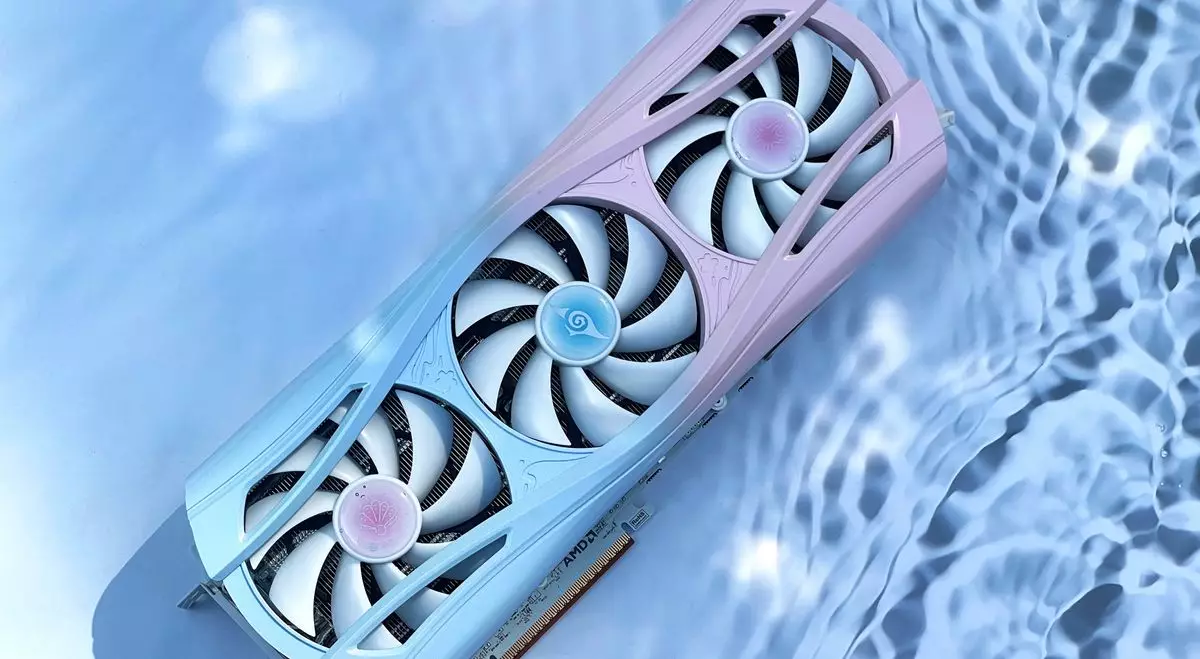The GPU landscape has been a tumultuous environment for both consumers and manufacturers. AMD’s latest Radeon RX 9070 and 9070 XT graphics cards were launched amidst high demand, yet their availability has been notably erratic. As enthusiast gamers eagerly anticipate their chance to snag these cards, many are left frustrated by the ongoing supply challenges. AMD’s David McAfee recently articulated the company’s strategies to combat these issues and deliver GTX models closer to their manufacturer’s suggested retail price (MSRP).
The crux of the problem lies not just in production capacities but also in the complex network of partnerships involved in the graphics card ecosystem. Companies like AMD produce the GPU chips, but rely on various add-in board (AIB) partners to create the final products that consumers are eager to buy. This layered approach to supply has its merits, but it also introduces unpredictability in terms of supply chains and pricing, especially when demand spikes.
Listening to the Market: Demand Surges
From McAfee’s comments, it is clear that AMD has observed a significant surge in interest surrounding the RX 9070 series. He describes the launch as a “milestone event,” indicating that demand has exceeded expectations. Nevertheless, the reality remains stark; while AMD’s supply levels have been better than those of Nvidia’s RTX 50-series, they still fell short of meeting initial demand, with many potential customers left empty-handed.
It’s significant that a market player like Yeston speculated that supply would normalize post-April, hinting at a systematic effort from AMD to ramp up manufacturing. However, speculation is just that—until the supply chain stabilizes, enthusiastic gamers have little more than hope to cling to. The sentiment in the gaming community reflects a mixture of excitement over new features and anxiety over affordability and availability. A blend of thrilling innovation and disheartening scarcity often leaves gamers feeling more frustrated than exhilarated.
The Balancing Act: Control versus Collaboration
McAfee also pointed out the intricacies involved in launching a GPU like the RX 9070. While AMD controls its production processes, the dynamics of the partnership with AIBs complicate things. Each partner develops their specific designs, sometimes adding features that elevate the price point beyond what some consumers might be willing to pay. AMD’s strategic choice to allow its partners this freedom is a double-edged sword. While it facilitates a diverse product range that can serve a variety of market segments, it also means losing control over pricing strategies that could otherwise align more closely with consumer expectations.
The lack of reference designs from AMD this time around could also be a significant factor. Consumers often gravitate toward AMD’s own iterations for their reliability and straightforward pricing. By not releasing these versions, AMD inadvertently handed control over pricing and availability to its partners, a decision that may haunt them in terms of consumer satisfaction and market presence.
Long-Term Implications: Will We See Stable Prices?
As AMD aims to replenish its stock and stabilize its supply chain, the overarching question looms: Will this lead to normalized prices and stable availability for gamers in the near future? There’s an undeniable craving in the market for GPUs that offer performance without the exorbitant price hikes that have become all too common. If AMD can effectively manage the intricacies of its partnerships and ramp up production effectively, there is the potential for prices to align more closely with MSRP—something gamers have craved for far too long.
However, optimism must be tempered by caution. Historically, the GPU market has not been kind to hopeful consumers waiting for a day when they can buy a graphics card at a fair price. The lingering possibility of another chip shortage or inflated prices due to supply chain disruptions remains a threat. The emergence of competitors, such as Nvidia, may exacerbate these issues, as both companies rush to capitalize on consumer demand while avoiding the pitfalls of inventory shortages.
A Future of Hope or Disappointment?
The path ahead could lead to a duality of outcomes. On one hand, with AMD’s efforts to streamline operations and better coordinate with its partners, one could anticipate a future where consumers can easily purchase high-performing GPUs. On the other hand, the prevailing uncertainty in the overall market can leave this optimistic outlook clouded with doubt. Will manufacturers be able to balance performance and affordability, or are gamers destined to remain in the frustrating cycle of chasing limited stock? The GPU sphere is an evolving battleground, where strategies need to be continuously refined to meet consumer expectations and inevitable market shifts.

